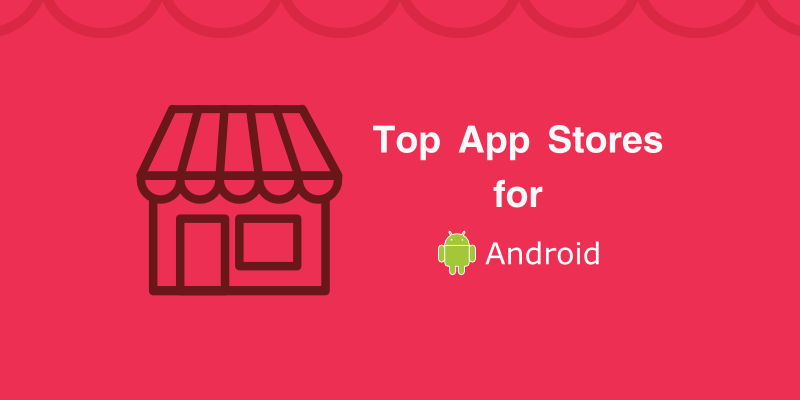Many app publishers focus almost their entire efforts on app user acquisition. The truth is, however, that, User engagement is the most important and challenging thing when launching an app. In order to retain and engage users, you have to nail their user experience. One of the most effective methods to achieve this is through deep linking.
In this article, we discusses what deep linking is, why you should use it, and what tools are available to help create deep links for your app.
What is Deep Linking?
Deep linking is when a specialized link sends users into a specific location in the app, skipping the default home screen in order to get them directly to the specific information they are looking for. Deep links can be embedded within push notifications, in-app messages, emails, social media, and within other apps.

How Does Deep Linking Work?
Deep linking is made possible thanks to attribution. Every in-app screen got a unique URI. When a user on clicks a deep link, the browser collects some identifying information to fingerprint the device. Then, redirects the user to the app store where they can install and open the app. Once the app is opened, the user is matched with his fingerprint, and subsequently directed to the app page he was looking for.
Types of deep links:
There are three different types of deep links:
-
Basic Deep Links: Basic or Standard deep links can direct users to specific content within an installed app. This means basic deep links don’t work if the user doesn’t have the app. Users who click on a basic deep link but don’t have an app installed will be sent to an app download page or to the app store. After downloading the app, they will be directed to an onboarding or welcome page within the app rather than the section they intended to access. It’s their responsibility to manually navigate through the app to find the content they are interested in accessing.
-
Deferred Deep links: Allow the end user to open a specific page or content even if the app isn’t installed yet when the link is clicked. The opening of specific content is deferred to post install. The link will first redirects the user to the right app store to download the app, and then takes the user to the specific content.
-
Contextual Deep links: In addition to supporting deferred deep links, contextual deep links have the ability to record information about the user throughout the app installation flow, including who they are, where they were referred from, who referred them, and other helpful user data. This allows app developers to provide a much more personalized app experience.
Benefits of using deep links in your app
-
Optimizes User Experience: Deep linking saves the user the time and effort it would take to navigate through the whole app until the desired location is found. It makes sure users end up where they wanted to go, improving their chances of engaging immediately with your content and creating a seamless cross-platform user experience which results in higher conversion rate.
-
Increases engagement and usage: When users aren’t using your app or opening it regularly, you can embed deep links in emails, retargeting ads, social media posts, and other channels to prompt and guide them to a particular content rather than the generic home screen, thus enticing them to really use it.
-
Improves App Marketing ROI: Deep links can provide insights into campaign effectiveness. By attributing campaigns and other important data about a user’s originating source, you can see which campaigns on what channels are generating the most conversions or engagement. This will help you to better optimize your marketing funnel strategy.
-
Boosts sales: Deep linking can help to drive revenue as well as build quick sales. For example, with the use of deep linking, you can lead users to special deals on products in your app, increasing the probability of them converting.
Useful Deep Links Tools
-
Appgain.io – A Customer Engagement Platform that offers multiple useful tools to improve engagement.
-
URLgenius – A mobile deep linking platform designed for marketers and agencies and does not require any SDK or API integration.
-
Branch.io – A platform that allows you to create and customize deep links for your app.
-
Adjust – A platform to track in-app user behavior and generate insights.
Conclusion
Deep Linking can help in increasing conversion rates, enhancing user experience. It’s also a great tool to empowering marketing campaigns, and attracting new users. The benefits are compelling enough to go for it. But in order to be effective, you must carefully plan how to align your deep linking strategy with the information hierarchy, architecture, and logic of your app.




